
Seasonal and Indoor Allergies Treatment
At Impact Medical, we specialize in managing environmental allergies including indoor and seasonal allergies.
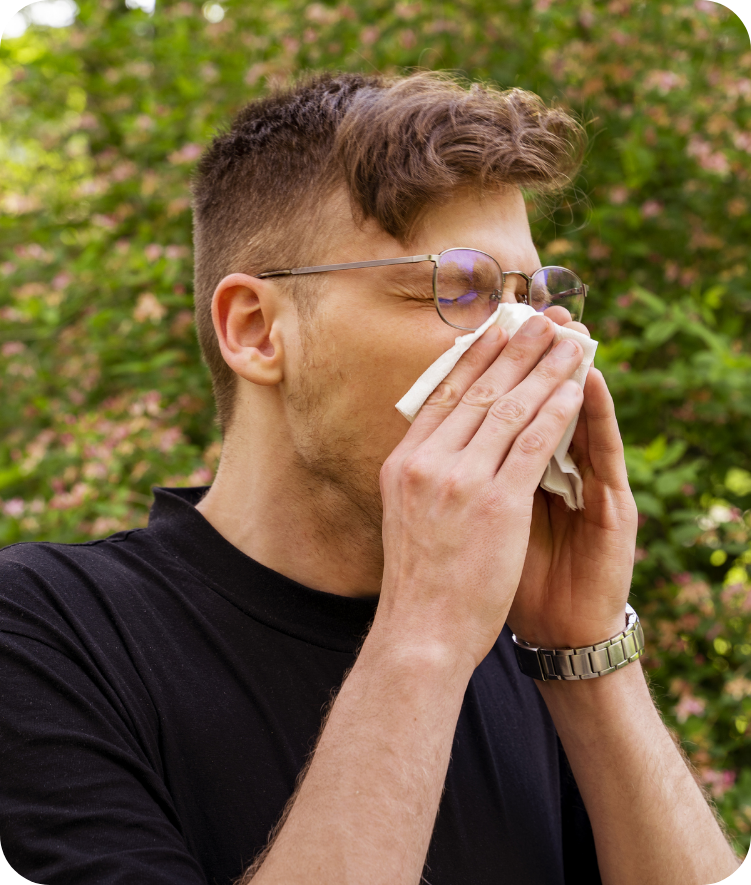
What Are Seasonal Allergies? Types of Seasonal Allergies
Hay fever or seasonal allergic rhinoconjunctivitis is triggered by outdoor airborne pollen. Different types of pollen reach high levels during different times of the year.
- Tree Pollen: Tree pollen is a common springtime seasonal allergen.
- Grass Pollen: Grass pollen is a common springtime seasonal allergen.
- Ragweed Pollen: Ragweed pollen is a common autumn seasonal allergen.
- Mold Spores: Mold spores can also be associated with seasonal symptoms, most prominent during the fall season.
In the northeast United States, the following is an estimate of when different pollen levels are elevated:
| Time of Year | Specific Pollen That Is Elevated |
| Late March – June 1st | Tree Pollen |
| May 1st – July 1st | Grass Pollen |
| Mid-August – First Frost | Ragweed and Other Weed Pollens |
| October – November | Mold Spores |
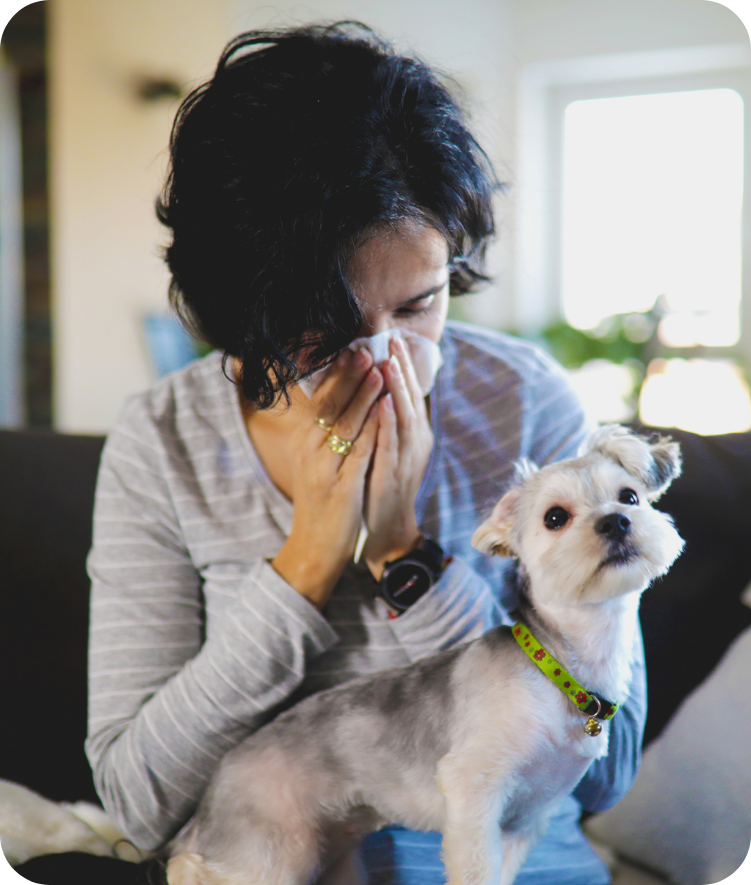
What Are Indoor Allergies?
Indoor allergies can trigger year-round allergy and asthma symptoms.
Pet Allergies
Animals with dander can lead to allergy symptoms of the nose, eyes, respiratory tract, and skin. Cat and dog allergies are two of the most common allergies, but individuals can be allergic to any animal with dander, including horses, rabbits, guinea pigs, and birds. Patients with an animal dander allergy who have a pet at home typically complain of symptoms year-round, but their symptoms are usually worse in the winter when one spends more time indoors.
Dust Mite Allergy
Dust mites are a common cause of nasal congestion, runny nose, post-nasal drip and coughing. Dust mites thrive in higher humidity environments, require human skin flakes to survive, and are found in higher concentrations on fabric materials such as bedding and carpeting. Dust mite allergies can often cause asthma. Those who suffer from an allergy to dust mites typically have symptoms year-round, but more specifically complain of worse symptoms upon awakening in the morning.
Mold Allergy
Mold can be a cause of both seasonal and year-round allergies, depending on which mold spore a patient is allergic to because there are both indoor and outdoor molds. Symptoms of a mold spore allergy include nasal congestion, sneezing, itchy nose, eyes and throat, post-nasal drip, and coughing. Mold allergies can also cause asthma. Examples of the most common mold spores associated with allergies include alternaria, cladosporium, aspergillus and penicillium.
What Are the Symptoms of Seasonal Allergies?
Itchy Eyes
Seasonal and indoor allergies may provoke itchy eyes, interfering with daily activities.
Watery Eyes
Excessive tearing is common in allergies, causing watery eyes and blurred vision.
Red and/or Puffy Eyes
Allergic reactions can cause redness and puffiness of the eyes.
Itchy Nose
Seasonal and indoor allergies can lead to an incessantly itchy nose, causing discomfort.
Runny Nose
Allergies trigger persistent runny noses, especially during peak pollen or with high exposure to an indoor allergen (such as a home with cats or dogs).
Nasal Congestion
Allergies often result in nasal blockage as a result of swelling of the nasal tissue and excess mucus production. Nasal congestion can be more severe in those individuals who also have a deviated septum, nasal polyps and adenoid hypertrophy.
Post-nasal Drip
Allergies can result in post-nasal drip, or the sensation of mucus dripping down the throat. This often leads to throat irritation and coughing.
Asthmatic Symptoms
Allergies can worsen asthma, leading to coughing, wheezing, and breathing difficulties.
Eczema
Environmental allergies may exacerbate eczema, leading to itchy, red, rough textured inflamed skin patches in affected individuals.
Diagnosing & Treating Seasonal and Indoor Allergies
Medical History
A patient’s clinical history and temporal correlation with exposure to allergens is extremely important in correctly making the diagnosis of allergies.

Physical Evaluation
There are certain signs on the physical exam suggesting the presence of allergies. Examples include pale, edematous nasal turbinates within the nasal passages, red, puffy eyes, wheezing and an eczematous rash.

Diagnostic Testing
Allergy testing may be done via skin prick-puncture testing, intradermal testing, or ImmunoCAP laboratory testing.

Treatment
Upon completing the diagnostic evaluation, a personalized treatment plan will be discussed with the patient that may can include environmental modifications, medication treatments, and/or immunotherapy.
Testing for Seasonal & Indoor Allergies in New Jersey
How to Test for Seasonal Allergies?
Treatment for Indoor and Seasonal Allergies in New Jersey
Allergen Avoidance
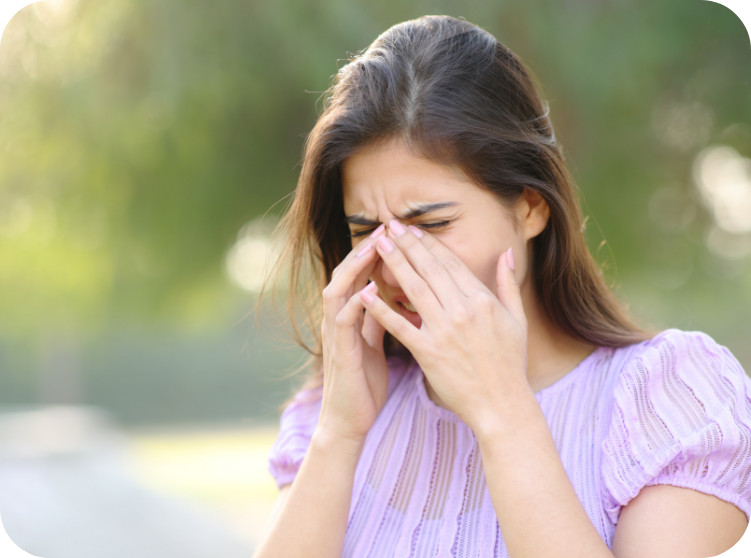
What is Sinusitis?
Sinuses are air filled spaces within our head that function to lighten the weight of the head, humidify and heat inhaled air, and increase resonance of speech. When the lining of the sinus becomes inflamed, that is called sinusitis. Sinusitis can result from allergies and infections (viruses and bacteria). Sinusitis is often a complication of allergies.
Those individuals with seasonal and indoor allergies are at increased risk of developing sinusitis. With adequate treatment of allergic rhinitis, one can decrease the likelihood of developing sinus infections. Many of the symptoms of sinusitis overlap with the symptoms of seasonal and indoor allergies.
Symptoms of sinusitis can include the following:
- Green or yellow nasal discharge
- Pain and tenderness around the cheeks, eyes and forehead
- Toothaches
- Bad breath (halitosis)
- Nasal congestion
- Headache
- Reduced sense of smell
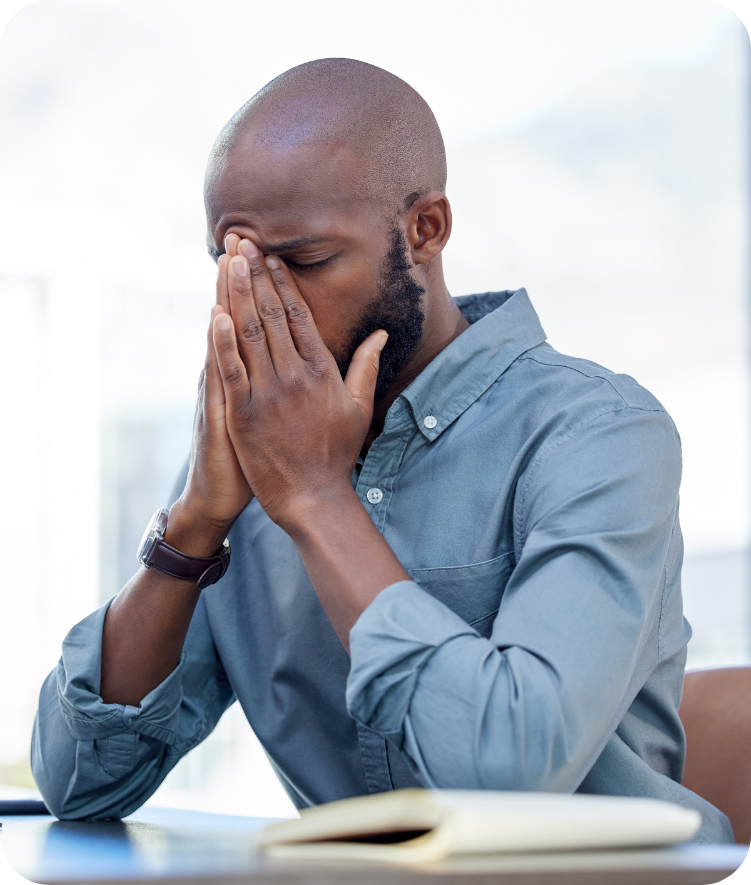
What are Nasal Polyps?
Nasal polyps are painless, noncancerous growths lining the nose or sinuses. Symptoms include nasal drainage, severe nasal congestion, facial pressure and pain and decreased sense of smell and taste. Patients with nasal polyps frequently develop sinus infections.
Treatments for Nasal Polyps:
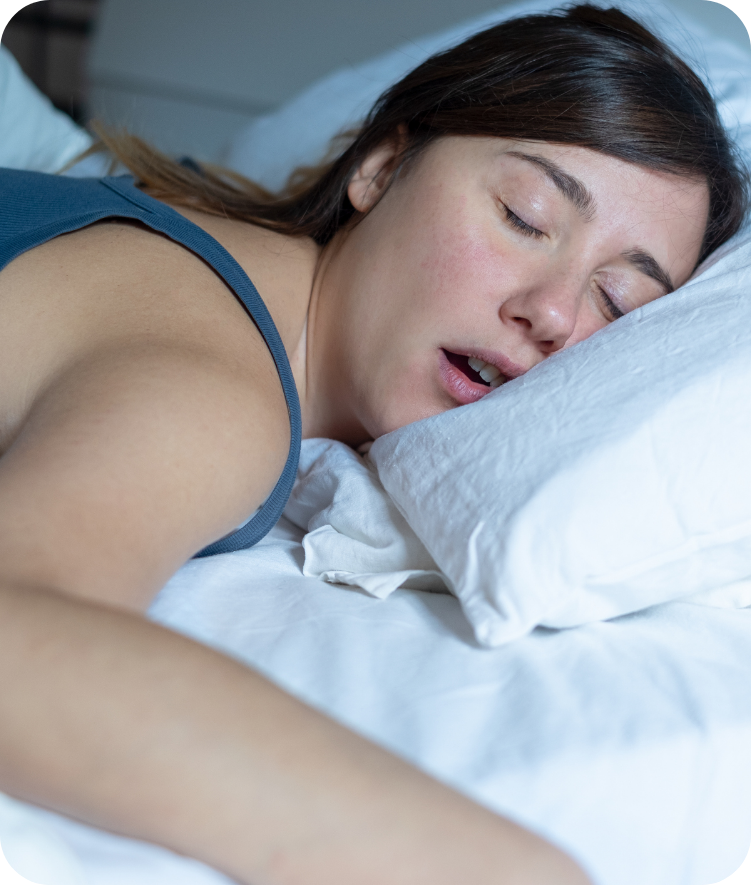
What is Adenoid Hypertrophy?
Adenoid hypertrophy is a medical condition characterized by the enlargement of the adenoid glands, which are located in the back of the nasal passage, near the throat. This condition is most commonly observed in children and can result from chronic inflammation or infection.
Symptoms of Adenoid Hypertrophy:
- Snoring
- Mouth breathing
- Nasal congestion
- Recurrent ear infections
- Year-round sinus infections
Seasonal & Indoor Allergies FAQs
Certain individuals have a genetic predisposition to develop allergies. However, environmental exposure also plays an important role in developing allergy symptoms.
Environmental modifications are recommended for seasonal and indoor allergies as a form of avoidance. Click here to see a list of recommended environmental modifications for each type of allergy. If this is not reasonable or does not result in a significant improvement, then medications and/or allergen immunotherapy are considered.
Yes. For example, in some individuals an allergy to dust mites might only cause allergic rhinoconjunctivitis and present with a runny nose, nasal congestion and itchy watery eyes. In other individuals, it might result in atopic dermatitis (eczema).
Ideally, avoidance of a known allergen is recommended. However, we understand people are attached to their pets and often consider them a member of the family. Therefore, other treatment options such as medications and allergen immunotherapy can be considered.
Yes. There is an increased risk of developing asthma if one suffers from seasonal and/or indoor allergies.
No. There are other diagnoses to consider such as sinusitis, nasal polyps, deviated nasal septum, and adenoid hypertrophy.




